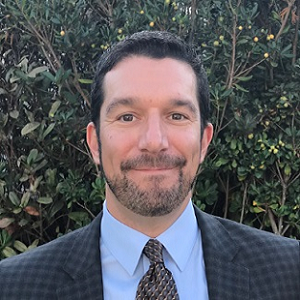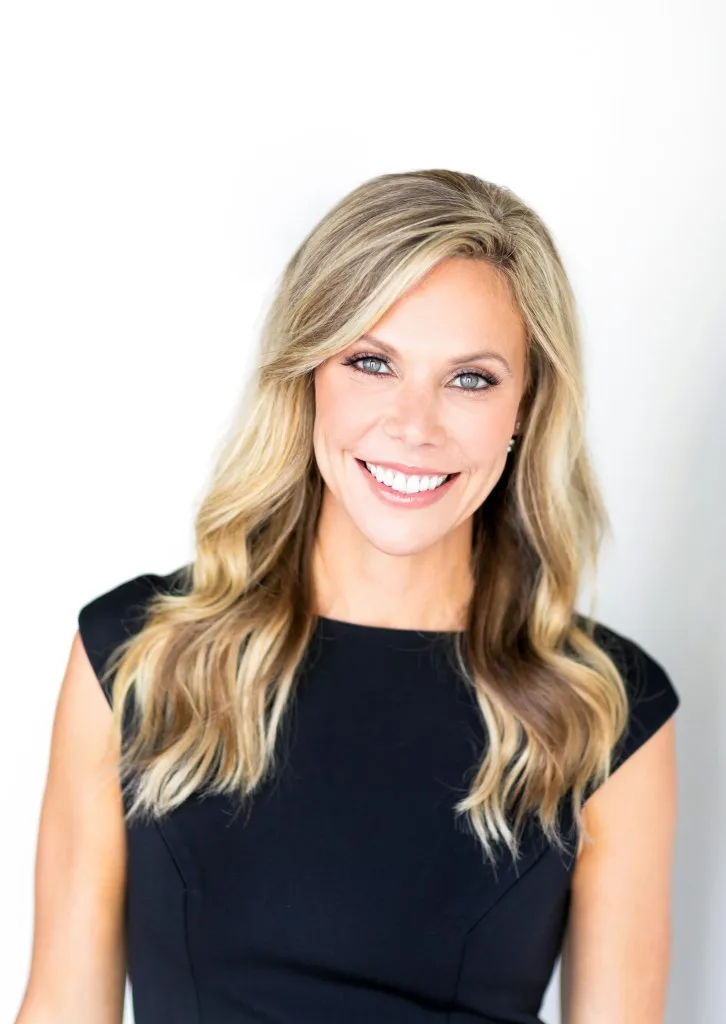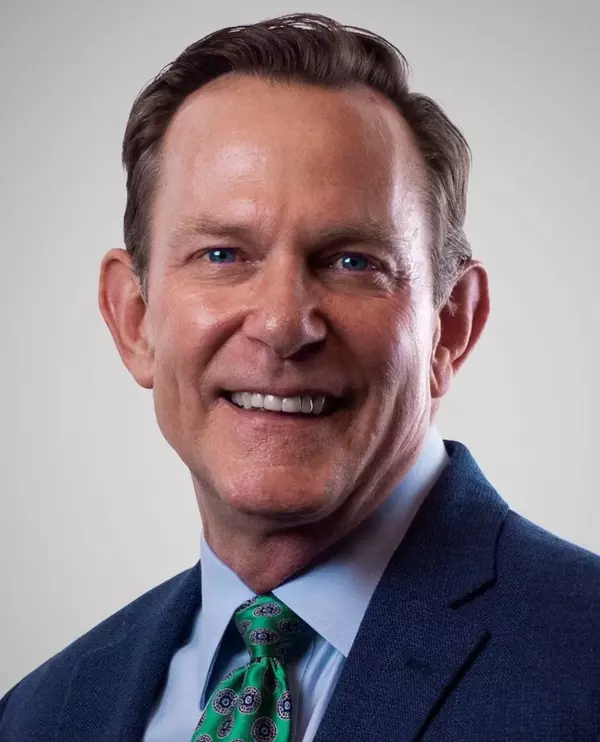The biggest reverse mortgage opportunities in 2025
While 2024 was rife with challenges for the mortgage industry broadly — across forward and reverse — a new year brings a new mindset. Some challenges remain, with mortgage rates being chief among them. Education and distribution can also likely be improved. But there are also new opportunities for the industry in 2025, and the eternally optimistic reverse mortgage industry is more than ready to embrace them.
That was the general tenor of conversations with industry professionals at multiple companies, who shared their perspectives on the coming year with HousingWire’s Reverse Mortgage Daily (RMD).
Outreach to more forward mortgage players
The past couple of years have seen renewed efforts on the part of reverse mortgage companies to better connect with their counterparts in the traditional mortgage space. When rates began to rise, more forward companies appeared to embrace the potential of adding reverse mortgages to their overarching suites of products, and the reverse mortgage industry continues to see this as a solid opportunity in the new year.

“I think the opportunity, and what we started in 2023 and definitely continued in 2024 especially, is this distribution issue,” said Jim Cory, managing director of reverse mortgages at Guild Mortgage who was also recently elected co-chair of the National Reverse Mortgage Lenders Association (NRMLA).
“My role at NRMLA, for instance, is to work on different outreach to other organizations to build the distribution,” he added. “I see that as a big priority in 2025, as potentially the ‘year of the collab,’ if you want to call it that. I see more collaboration with different business units, for both the wider industry and within Guild, as well.”
Some of that was echoed by Steve Irwin, president of NRMLA, in a recent interview with RMD.
“There’s a lot of action and meetings happening with me and the co-chairs, Mike Kent and Jim Cory, about expanding our outreach to adjacent industries and relevant academic entities,” Irwin said. “Like think tanks and other associations related to aging issues, but also independent mortgage bankers, connecting with them, getting involved in their events, as well as real estate agents’ events and their educational content.”
Spreading the word continues to be a priority and NRMLA will continue to spearhead it, Irwin said.
“[We want to let them know] how a reverse mortgage works, and how adding reverse mortgages to a product portfolio is advantageous to them and to senior homeowners at large.”

Lisa Moriello, national retail reverse sales manager at loanDepot, said that this outreach was a bright spot in 2024 and fully expected both industry-wide and company-specific efforts to continue into the new year.
“The good news for 2024 for us was that we had a lot of forward loan officers realize that reverse mortgages are a great piece [to add to] their business, and a lot of people took the initiative to get certified,” she said. “And so we are working hard to get them educated, help them build business, get them out in their communities, so that we can introduce this piece into their markets.”
Digital processes and getting out of the ‘dark ages’
In a statement to RMD, Finance of America (FOA) president Kristen Sieffert spoke about the priorities the company is pursuing in the new year, stemming from identified opportunities.

“As we look ahead to 2025, our primary focus is on advancing digital innovation to deliver seamless experiences for our customers and modernizing our marketing strategy to overcome previous adoption barriers within our industry,” she said. “We believe that concentrating on these two areas is crucial in our mission to establish home equity as a mainstream retirement solution for retirees.”
Technology was also seen as a priority by Peter Sciandra, EVP of reverse lending secondary marketing at Fairway Independent Mortgage Corp.
“We’re looking at ways to reduce costs to the borrower, because we have always been looked at as having a bit of a high upfront cost,” he said. “So we want to try and address that a bit in the process itself. There may be ways to improve that, whether it’s changes in guidelines or changes in technology. We’re starting to focus on these things. And to me, that’s really exciting.”
Sciandra said that the industry still has some distance to cover when it comes to bringing the industry’s technology up to modern standards, but the opportunity to do so is being embraced.
“We’re still, unfortunately, in the dark ages in many respects as far as technology goes,” he said. “So we are looking at some things, working with some of the software vendors out there to maybe make some changes with how things are done.”
Recent Posts











GET MORE INFORMATION

